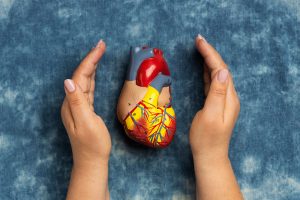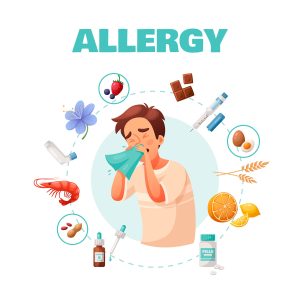Immediate and temporary care given to an employee who is injured or becomes ill while on the job, before professional medical help can be provided. It’s a critical part of workplace safety and health protocols.
Common Types of Occupational Injuries:-
- Cuts and lacerations
- Burns (chemical, electrical, thermal)
- Sprains and strains
- Fractures
- Crush injuries
- Eye injuries
- Inhalation of toxic substances
- Heat stroke or heat exhaustion
- Electric shock
- Exposure to hazardous materials
Basic Steps for Occupational First Aid:-
1. Ensure Scene Safety
- Ensure the area is safe for both the rescuer and the injured person.
- Stop any ongoing danger (e.g., turn off machinery, isolate chemicals).
2. Assess the Injury
- Determine severity: minor (first aid only) or major (requires emergency care).
- Check for consciousness, breathing, bleeding, and visible trauma.
3. Call for Help
- If serious, call emergency services.
- Notify workplace supervisor and designated first aid personnel.
4. Administer Appropriate First Aid
- Bleeding: Apply pressure with a clean cloth, elevate limb if possible.
- Burns: Cool the burn with running water (not ice), cover with a sterile dressing.
- Fractures: Immobilize the area, avoid moving the person unnecessarily.
- Eye injuries: Flush with clean water if chemicals are involved; do not rub the eye.
- Inhalation/Poisoning: Move person to fresh air, consult SDS (Safety Data Sheet) for substance-specific treatment.
5. Use Personal Protective Equipment (PPE)
- Gloves, face shield, CPR mask, etc., to protect both the rescuer and victim.
First Aid Kit Essentials (Workplace-Standard):-
- Sterile gauze and bandages
- Adhesive tape
- Antiseptic wipes
- Burn treatment supplies
- CPR face shield
- Eye wash solution
- Scissors, tweezers
- Disposable gloves
- Emergency blanket
- Cold packs
- Splints
Employer Responsibilities:
- Provide first aid training for staff (e.g., CPR, wound care).
- Maintain accessible and fully stocked first aid kits.
- Ensure compliance with local occupational health and safety regulations.
- Have emergency response procedures in place.
Dr. Anjum Akbar Mujawar
MBBS, MEM, FEM, PEM, CCEBDM
Consultant – Emergency Medicine














